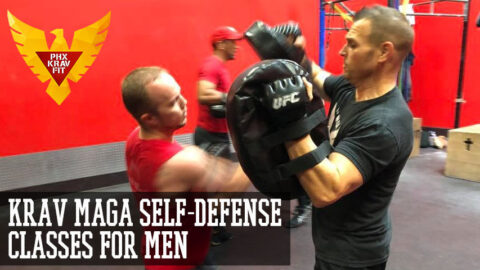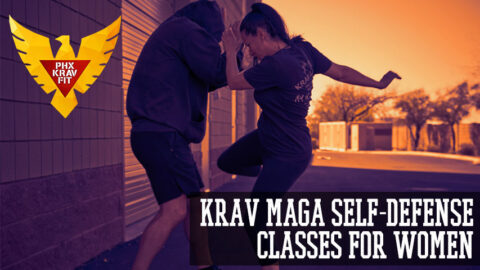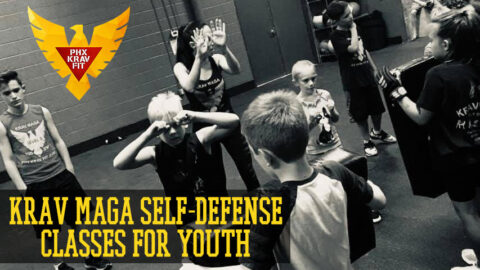Gun Retention
Many of us are taught that by carrying a firearm, we are protecting ourselves, which is true. However, most of us don’t have the slightest clue of what to do if someone was going to jeopardize our ability to keep that weapon in our possession when faced with danger.
If you haven’t seen any of the dashcam videos of when a state trooper pulls over a driver, only to have the driver at some point become irate or aggressive, which leads to a fight, which then leads at some point to the driver going after that trooper’s side arm, you need to go to Youtube right now.
It is a completely terrifying experience to watch, much less experience personally. You will see two people violently going after one “tool”, the gun, knowing that whoever doesn’t get it will probably be facing a gun shot wound, if not death. Hearing experienced state troopers yelp for help, is mortifying.
The fact is that although they haven’t been caught on camera as much, the same situations happen to civilians as well. A well minded law abiding citizen properly defends themselves against an attacker by pulling their firearm, and either while they are reaching for it, or even after they have pointed it at the attacker, the opponent has closed the distance gap, and is now trying to wrestle the gun out of the citizen’s hands.
Here are some proactive and reactive steps you can take to help you never get into that position, and if the attacker does close the gap, some steps to retain your weapon.
Proactively, there are steps we can take to help the bad guy never get close to our gun in the first place, and if they do, they’ll encounter some obstacles.
Concealment: If you can carry concealed, then you are not advertising that you have a gun in the first place. When in carry concealed states, I rarely understand why people advertise that they have a weapon when they don’t have to. If a person were to rob or even approach you with less than innocent intentions, subconsciously they are already formulating a plan of how to deal with your sidearm.
Secure Holster: There are many secure holsters on the market today, which offer security features where a bad guy can’t just easily reach for your gun and pull it out. Regardless of which one you find, make sure you practice live and dry fire pulls from it so you are very comfortable with it.
Stance: Even when approached by people who are innocently asking for directions or the time, it is important to start keeping your “gun side” faced away from others. It is just a good practice, and will once again create an extra barrier between your gun and people who want to do you harm.
Reactively, if someone is coming after your gun, here are three defensive strategies to keep in mind.
Stance: Yes, stance again. If someone is lunging at you, or closing the gap, using a bladed stance where your firearms side is in back puts distance between the bad guy and your gun.
Knife Hand: “Karate chop” knife hand strikes can be found in just about every martial art. When they go for your gun, using a “chopping” strike right to the bend in their elbow, forearm or wrist will cause pain, and even break many holds of they have gripped your gun. Don’t forget that this same “chop” can be used to strike the brachial area of the neck and face as great follow up moves.
Head Butt: When both parties have their hands on the gun, hand and elbow strikes might not be available, along with most kicks. However, using the top of your head to inflict a strike to the soft areas of their face is a smart and surprise move you can use.
Overall, defending against people seizing your sidearm takes both proactive strategies and reactive tactics if things get messy. As much as people go to the range and practice their marksmanship, they should also put in ample time with these steps to protect the most effective and deadly of weapons to not be turned on themselves.



